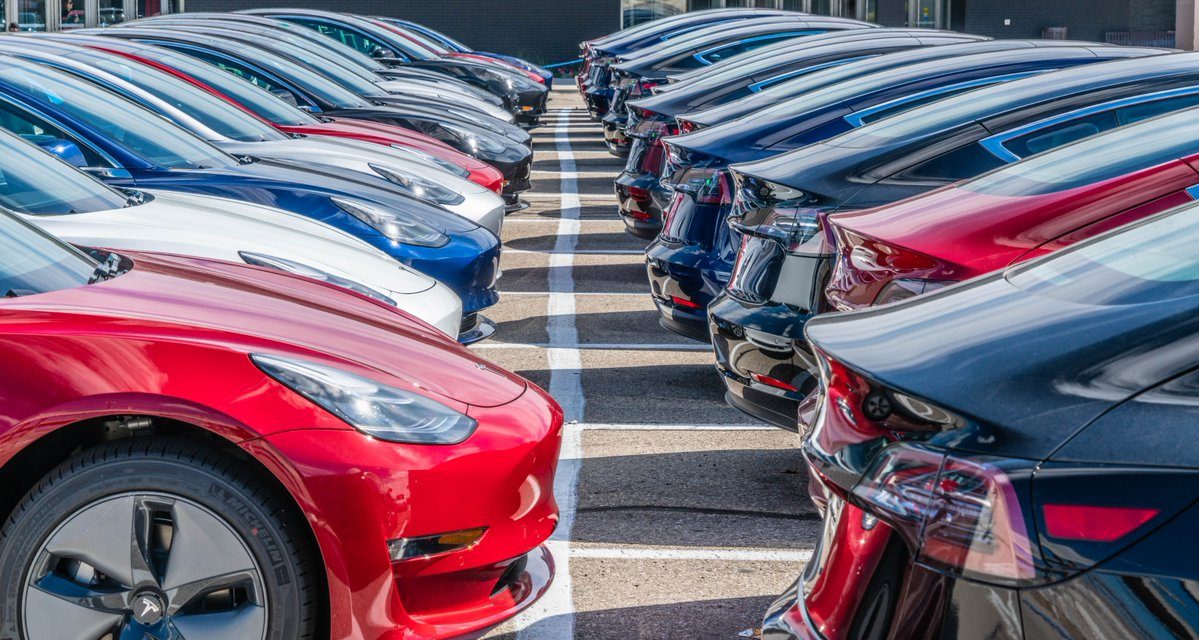By
A recent report from competitive intelligence analysis firm BrandTotal recently determined that Tesla has the strongest organic engagement in social media among automakers. The electric car maker was able to accomplish this despite spending $0 in paid advertising campaigns on platforms such as Facebook, Twitter, YouTube, and Instagram.
For its report, the competitive intelligence firm analyzed all paid and organic social media campaigns initiated by major automotive brands over a 30 day period. These include companies such as Toyota, BMW, Ford, Audi, Honda, Nissan, Infiniti, Lexus, Cadillac, Porsche, and Tesla in the United States. Based on BrandTotal’s figures, it appears that veteran automakers are still investing a large portion of their budget on Facebook, despite the platform seeing a decline in users over the past years.
Toyota is among the automakers who spent the most on Facebook, allocating 62% of its advertising budget to the social media platform. Other carmakers such as BMW (46%), Ford (55%) and Infiniti (52%) also focused their campaigns on the platform. Alon Leibovich, co-founder & CEO of BrandTotal, noted that a plausible reason behind this is Facebook’s older audience, which fits more with the target demographic of the carmakers.

“Facebook reigns supreme for paid campaigns among these four digital channels for major autos. Our data shows that when brands are looking to engage older audiences, they lean on Facebook to do so, while YouTube and Instagram are mostly used to reach younger audiences,” he said.
Other social media platforms that proved popular for advertising were YouTube, which took a third to almost half of the budget of brands like Honda, Cadillac, Porsche, and Audi. Instagram also proved very popular, with Porsche, BMW, and Infiniti spending 30-40% of their ad budget on the photo-sharing platform. Twitter takes the last place in BrandTotal’s list, with only BMW spending 20% of its budget on the site.

Standing in stark contrast from other carmakers is Tesla, which spent $0 in paid advertising on all social media platforms. Despite this, BrandTotal’s results point to the Silicon Valley-based electric car maker having the most organic engagements in social media. Tesla’s presence on Instagram was particularly prolific, with 55% of the company’s social activity happening on the photo-sharing site. Tesla also has a formidable presence on Twitter, with 11% of the company’s social media activity occurring on the platform. Of course, the presence of CEO Elon Musk’s personal Twitter account, which has over 26 million followers, augments Tesla’s social media presence further.
A company’s high organic engagement in social media happens when a brand attracts people that are highly engaged, according to Leibovich. This is particularly true for Tesla’s presence on Twitter, which sees daily activity from both the company’s supporters and skeptics. “Strong brands are able to command high engagement even without a robust digital ad spend. In Tesla’s case, we see their engagement numbers are high compared to other auto brands allocating spend in their digital campaigns. This may be a result of Tesla’s fans already being engaged and active users on Twitter and other platforms. The brand doesn’t feel the need to spend on paid social media marketing when their organic reach is so strong,” he said.
Tesla and Elon Musk’s strong online presence has proven to be a double-edged sword for the electric car maker. Musk’s Twitter account, for example, serves as one of Tesla’s most effective tools for the company to communicate with owners and enthusiasts, but it has also proven to be dangerous. The CEO’s Twitter account, for one, was a key reason behind the creation of safety features such as Sentry Mode, but at the same time, Musk’s tweets have also attracted the ire of regulators such as the Securities and Exchange Commission. The high interest garnered by Tesla and Elon Musk has also attracted an extraordinary amount of coverage from mainstream media, both negative and positive.

